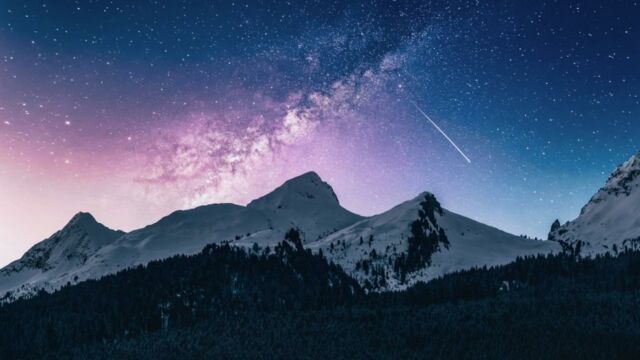Leonids: Here's everything you should know on the shooting stars shower happening tonight

The Leonid Shooting Star Shower is just around the corner. Where does the name come from and when will it peak?
As we mentioned in a previous article, the month of November is marked by several shooting star showers. While the North Taurides shooting star shower took place at the very end of last week, the next one will take place this Friday. An opportunity to discover the origin of its name and the date of its apogee.
Discover our latest podcast
Leonids: a show not to be missed
As you know from our astronomy articles, a shooting star shower is generally associated with a cosmic object. In most cases, the object is a comet, and this shooting star shower is no exception, coming as it does from the debris of comet 55P/Tempel-Tuttle.
More under this adMore under this adThis celestial object was first observed in 1865 by German astronomer Ernst Temple, before being (re)discovered by American astronomer Horrace Temple in 1866. Its name echoes the constellation Leo: its radiant (point on the celestial vault) is located in this zone.
Read more:Here's all you need to know about the next South Taurids shooting star shower
When to observe this astronomical event
The Leonids shooting star shower is active from November 3 to December 2. Peak activity is expected on the night of December 17 to 18, with around 15 meteors expected. As Earthsky reminds us, this is a high-intensity shooting star shower:
More under this adMore under this adThe famous Leonids meteor shower produced one of the largest meteor storms in living memory. Rates reached thousands of meteors per minute during a 15-minute period on the morning of November 17, 1966.
Finally, another shower of shooting stars will take place in December: the Alpha Monocerotides.
This article has been translated from Gentside FR.